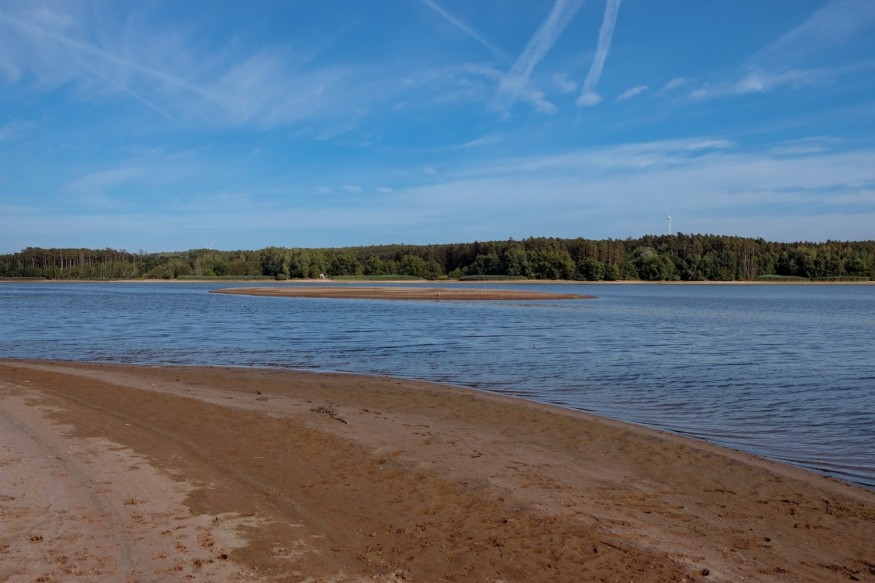Drought has become a major environmental issue in Spain in recent years, with some parts of the country in 2023 to see its water reservoirs being depleted due to extreme heat and dry conditions. The prolonged drought in the European country is only one of the several natural disasters that has engulfed the region due to the reported impacts of climate change and global warming. Now, reports this November show that the natural catastrophe has taken its toll in Barcelona and other locations.
Drought conditions have caused water bills to spike in Barcelona and other of its neighboring cities, since the cost of desalination and water purification has also risen. In April this year, Spain's Catalonia region, which Barcelona is part of, saw the environmental repercussions of extreme drought. This is evident in the region's Sau reservoir. Due to the water crisis, Catalonia authorities in August imposed additional water restrictions, particularly in 22 villages around the Darnius Boadella reservoir.
Barcelona Drought

Due to prolonged drought conditions, water bills will increase by 11% to 16% in 23 municipalities across the region, including Barcelona city, according to the Barcelona Metropolitan Area on Tuesday, November 28.
Aside from the Barcelona drought, the southern cities of Malaga and Sevilla already announced similar water bill hikes in 2022. The latest development could be unprecedented since reports say water charges in the Barcelona area had remained stable in recent years.
In addition to the increased water utility service, further water restrictions are possible across the Catalonia region should the prolonged drought continues.
Spain Drought
Spain's drought was not an overnight event that occurred without warning. In fact, evidence of this historic natural disaster in the country was reportedly noticeable over the past several decades. However, it was only in recent times that the magnitude of the disaster was measured, simply due to the advancement of drought-measuring technology.
According to the country's meteorological agency, Spain received 28% less rainfall than expected by mid-May in 2023, since the start of the hydrological year in October 2022. The agency explained that drought caused the drying of reservoirs, parched olive groves, and nationwide water restrictions, as cited by the National Aeronautics and Space Administration (NASA).
NASA's satellite images show that some green vegetation in Spain in May 2022 turned brown by May 2023, adding that a report from the Copernicus Climate Change Services showed that moisture across Europe in 2022 was the lowest in the last 50 years.
Future Droughts
Scientists have provided varying climate models which project that future droughts will be more frequent for central and southern Europe, according to a study published in the journal Weather and Climate Extremes in 2022.
The researchers involved in the study also mentioned that North America has experienced intense and long-lasting drought before and may also persist in the future, at least in the coming years and decades.
Related Article: Extreme Drought Forces Spain to Impose Strict Water Restrictions
© 2026 NatureWorldNews.com All rights reserved. Do not reproduce without permission.





